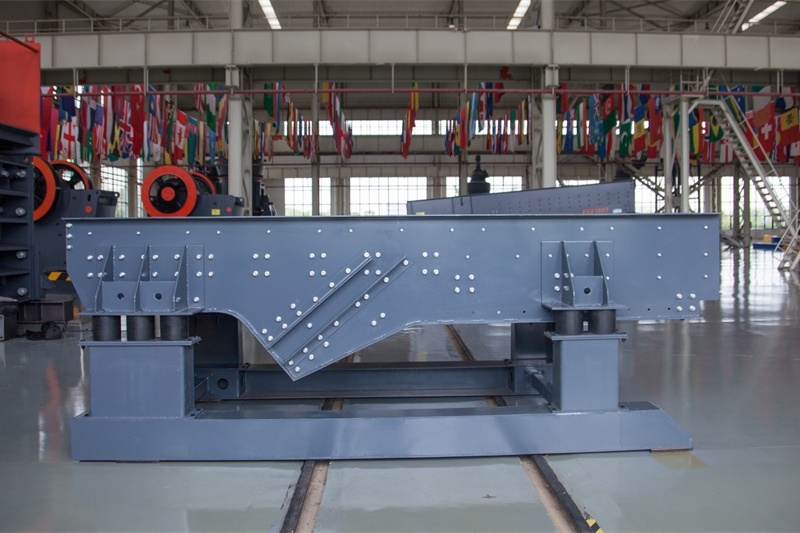
Selecting and configuring large-scale impact crushers effectively requires a thorough understanding of the ore's physical properties, such as hardness, moisture content, and particle size distribution. This article unveils best practices tailored to major rock types like limestone, granite, and basalt, guiding the optimization of crusher parameters for each crushing stage — from primary (coarse) to secondary (medium) and tertiary (fine) operations.
Different mineral compositions and physical properties dictate how impact crushers perform. For example, limestone typically exhibits Mohs hardness between 3 and 4, requiring less aggressive crushing settings, while granite and basalt, rated 6–7, demand sturdier designs and optimal cavity geometry. Moisture content, ranging from dry (<1%) to moist (>6%) in some ores, affects feeding consistency and wear rates.
| Ore Type | Typical Hardness (Mohs) | Moisture Content (%) | Recommended Crushing Stage |
|---|---|---|---|
| Limestone | 3-4 | 0.5 - 4 | Primary to Secondary |
| Granite | 6-7 | 1 - 5 | Secondary to Tertiary |
| Basalt | 6-7 | 2 - 6 | Secondary to Tertiary |
Impact crushers’ performance heavily depends on the configuration of several core parameters:
Matching these to your ore type and production phase is crucial for balanced throughput and product quality.

Operational inefficiencies such as over-crushing not only degrade product quality but also put excessive stress on wear parts. Meanwhile, uneven discharge can cause downstream process bottlenecks, and blockages halt production entirely.
| Fault | Common Causes | Recommended Solutions |
|---|---|---|
| Over-Crushing | - Narrow screen gap - Excessively high rotor speed - Ore particle size smaller than recommended feed size |
- Adjust screen plate gap within 15-25 mm range - Optimize rotor speed (typically between 600-900 rpm) - Pre-screen feed to remove fines |
| Uneven Discharge | - Irregular feed distribution - Wear imbalance in impact plates - Blockage in discharge chute |
- Regularize feed using feeder automation - Rotate/replace worn impact plates periodically - Clean and inspect discharge chute weekly |
| Blockage | - High moisture causing material adhesion - Oversized blocks exceeding crusher capacity - Inappropriate feed rate or sudden surges |
- Implement drying/dewatering stages - Use primary crushers to pre-reduce oversized rocks - Maintain consistent feed rates with buffer hoppers |
Regular monitoring combined with adjusting operational parameters based on these principles significantly improves uptime and material consistency.
A leading mining operation deployed the CI5X impact crusher across limestone and granite quarries, achieving a 15% increase in throughput and a 20% reduction in wear-related downtime over six months. The crusher's modular chamber design and adjustable screen plates allowed precise tuning according to ore hardness and moisture variability, while its innovative feed system maintained consistent distribution, eliminating discharge fluctuations. These operational gains translated into measurable cost savings and higher product uniformity.
Ready to optimize your crushing plant’s productivity and tackle common operational challenges? Discover how the CI5X Impact Crusher blends precision engineering with reliable performance to transform your mineral processing workflow.